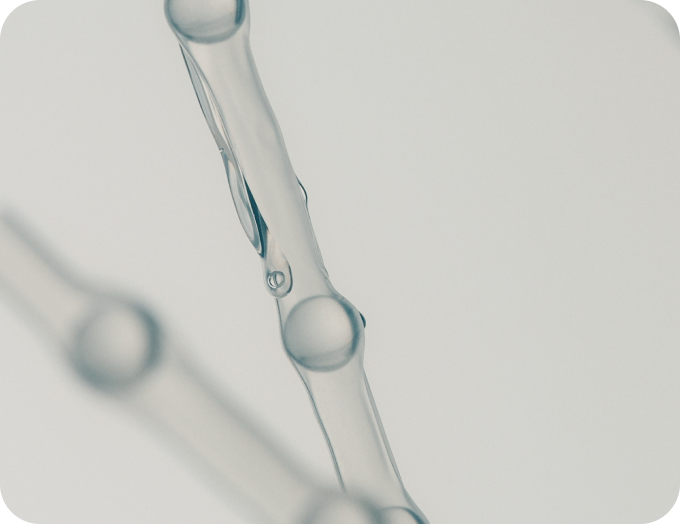
Ingredient Deep Dive: Licorice Root Extract
Licorice root extract, derived from the Glycyrrhiza glabra plant, has a rich history in traditional medicine, particularly in Ayurveda, and is now a popular ingredient in modern skincare. It's valued for its diverse benefits, making it suitable for a variety of skin concerns.
Licorice Root in Ayurveda and its Skincare Connection:
In Ayurveda, licorice root, known as "Yashtimadhu," is considered a rasayana herb, meaning it promotes rejuvenation and longevity. It's believed to balance all three doshas (Vata, Pitta, and Kapha), but it's particularly effective in pacifying Pitta due to its cooling and soothing properties.
Ayurveda recognizes the connection between internal health and external appearance, including skin health. Licorice root is used both internally and externally in Ayurvedic practices to address various skin conditions. Its traditional uses for skin include:
- Promoting skin clarity and complexion: It improves skin tone and radiance.
- Soothing inflammation and irritation: It's used to calm skin conditions like eczema, psoriasis, and rashes.
- Promoting wound healing: It's applied topically to aid in the healing of cuts, burns, and other skin injuries.
Key Components and Their Benefits (Modern Science):
- Glabridin: This is one of the most active components in licorice root extract and is primarily responsible for its skin-brightening effects. Glabridin inhibits tyrosinase, an enzyme involved in melanin production. By reducing tyrosinase activity, glabridin helps to fade hyperpigmentation, such as dark spots, age spots, and post-inflammatory hyperpigmentation (PIH). It also possesses anti-inflammatory and antioxidant properties.
- Glycyrrhizin: This compound is known for its potent anti-inflammatory properties, similar to corticosteroids. It can help soothe irritated skin, reduce redness, and calm conditions like eczema and rosacea.
- Licochalcone A: Another powerful antioxidant found in licorice root extract, licochalcone A helps to protect the skin from free radical damage caused by environmental stressors like UV radiation and pollution. It also contributes to the extract's anti-inflammatory and skin-soothing effects.
Who Can Benefit from Licorice Root Extract?
Licorice root extract is generally well-tolerated and can be beneficial for a variety of skin types and concerns:
- Those with hyperpigmentation: It can help fade dark spots and even out skin tone.
- People with sensitive or irritated skin: Its soothing properties can calm redness and inflammation.
- Individuals with acne-prone skin: It may help reduce inflammation associated with breakouts.
- Those looking for antioxidant protection: It can help protect the skin from environmental damage.
How to Use Licorice Root Extract:
Licorice root extract can be found in the Brightening Body Serum. It's often combined with other skin-brightening and soothing ingredients for enhanced efficacy.
Important Considerations:
- Concentration: The effectiveness of licorice root extract depends on its concentration in the product. Look for products with a sufficient concentration for optimal results.
- Allergic Reactions: While generally well-tolerated, some individuals may experience allergic reactions to licorice root extract. It's always a good idea to perform a patch test before applying any new product to your entire face.
- Drug Interactions: If you are taking any medications, especially corticosteroids, it's advisable to consult with your doctor before using licorice root extract, as there may be potential interactions.

